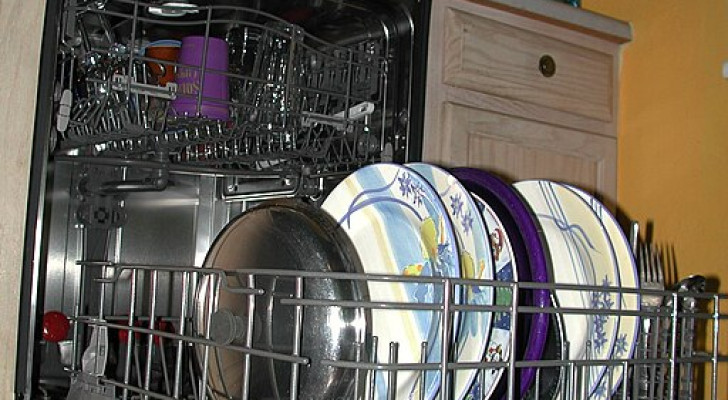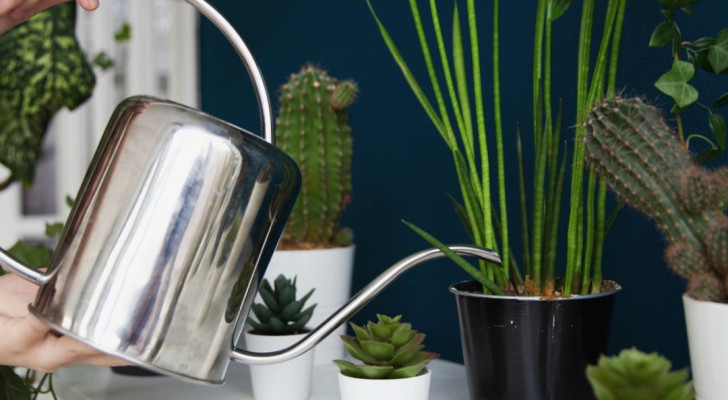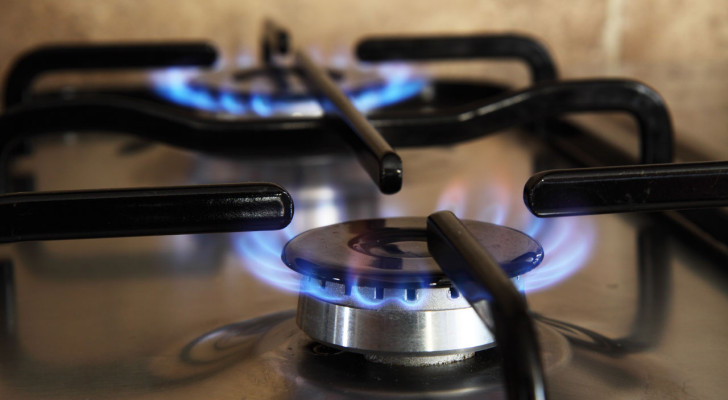Do you have an orchid with yellowing leaves? The possible causes and how to deal with this

Very popular as a house plant, Phalenopsis orchids (aka moth orchids) can suffer from a yellowing of their leaves. This yellowing looks unsightly but can also mean the plant needs care and attention as soon as possible.
Let's find out what the possible causes of this yellowing is and how to deal with it - keep reading:
Natural yellowing during the plant's life cycle
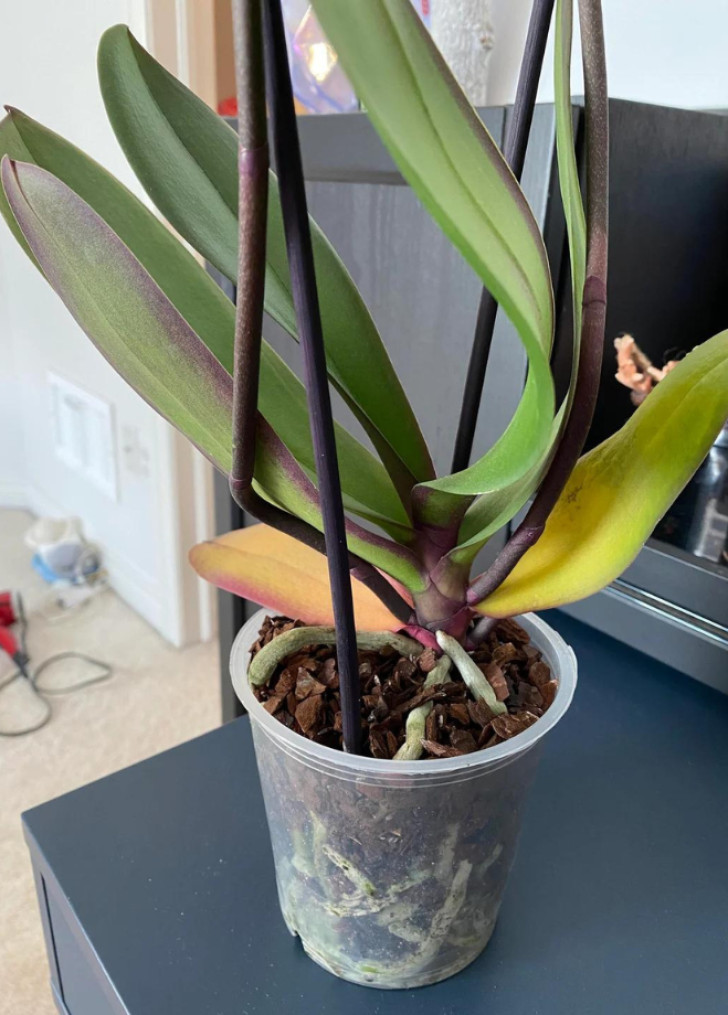
During the normal life cycle of the orchid, older leaves wither, die and drop off the plant (turning yellow in the process). This is completely normal and allows the plant to produce new roots, stems and leaves. It is not necessary to remove naturally-appearing yellow leaves as they will fall off on their own without your intervention.
Too much or too little water
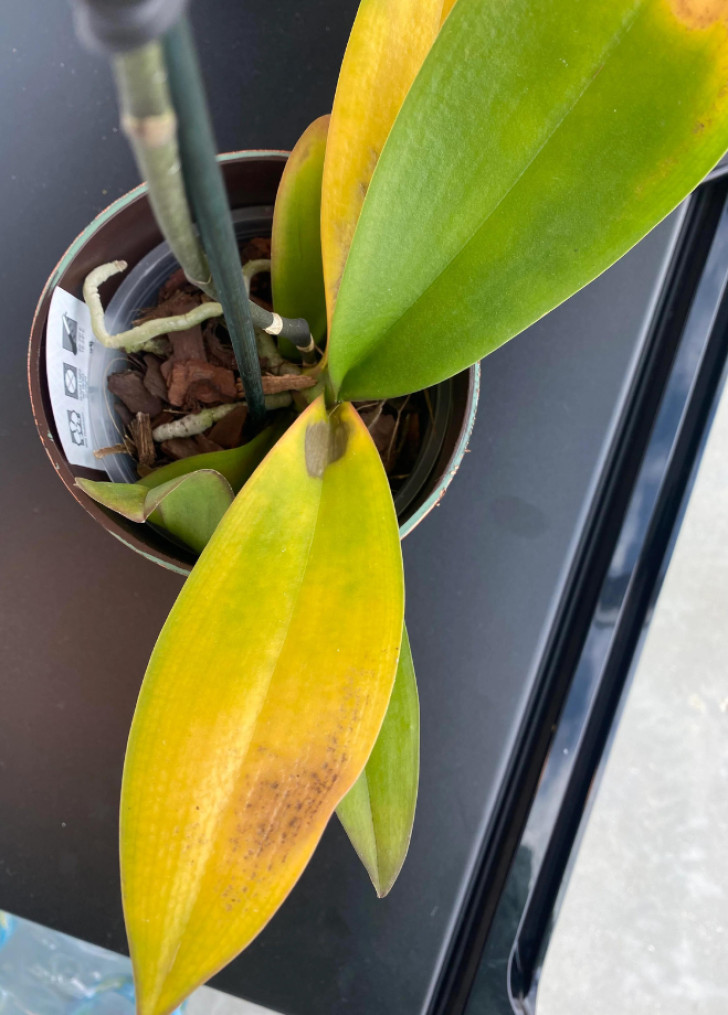
Watering and the ambient humidity levels are essential elements in the cultivation of orchids: as tropical plants, orchids require a humidity range between 40% and 70% and deviations from this range could cause yellowing. Maintain proper humidity levels by placing your orchid pots on trays filled with pebbles and water: evaporation will create the ideal microclimate.
As for watering, however, make sure you only do this when the upper part of the soil is dry. Also, ensure that the pot has drainage holes to prevent the orchid becoming water-logged and root rot developing. A "thirsty" orchid will first develop wrinkled leaves and then, these leaves will start to turn yellow. Note: yellowing can also be due to root rot.
3. Improper cultivation methods
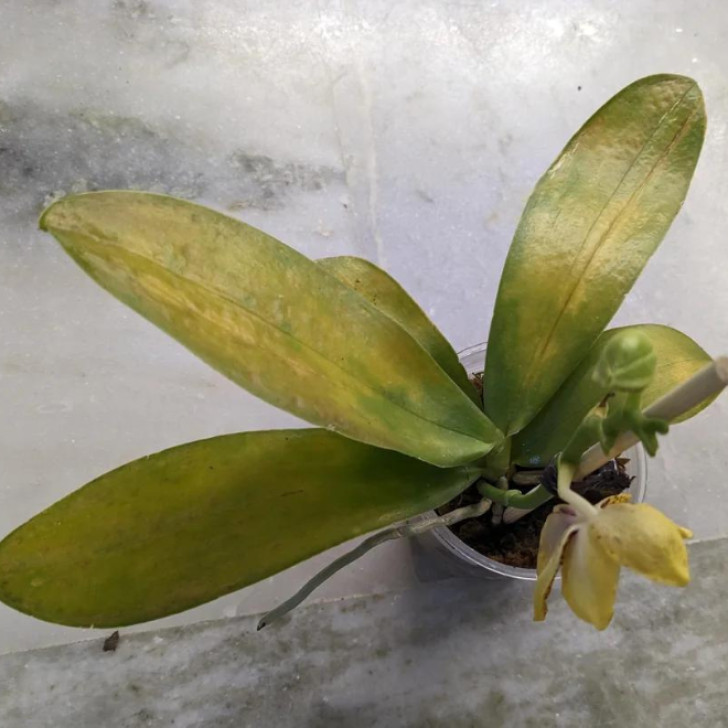
In the wild, orchids grow in the shade of taller trees and thrive in indirect sunlight. Avoid exposing your orchids to direct sunlight: place your orchids on a windowsill facing north or west, so that they receive the right amount of sunlight. Prolonged exposure to direct sunlight will damage the leaves, turning them yellow.
The temperature must always be kept between 18 and 26 degrees C during the day and between 15 and 20 degrees C at night. Avoid placing your orchids near open windows, air conditioners and fans and, if you take them outdoors during the summer, bring them in before the temperature drops.
Always keep the soil loose and well-draining, replacing it when it gets hard or compacted (or if it becomes excessively crumbly and acidic).
Remember that fertilizing your orchid is also important, especially during the summer. In summertime, give your orchids fertilizer every 3/4 weeks. Yellowing of the leaves can be a symptom of a nitrogen or magnesium deficiency (which you can resolve using the right fertilizer).
4. Parasites, fungal and bacterial diseases
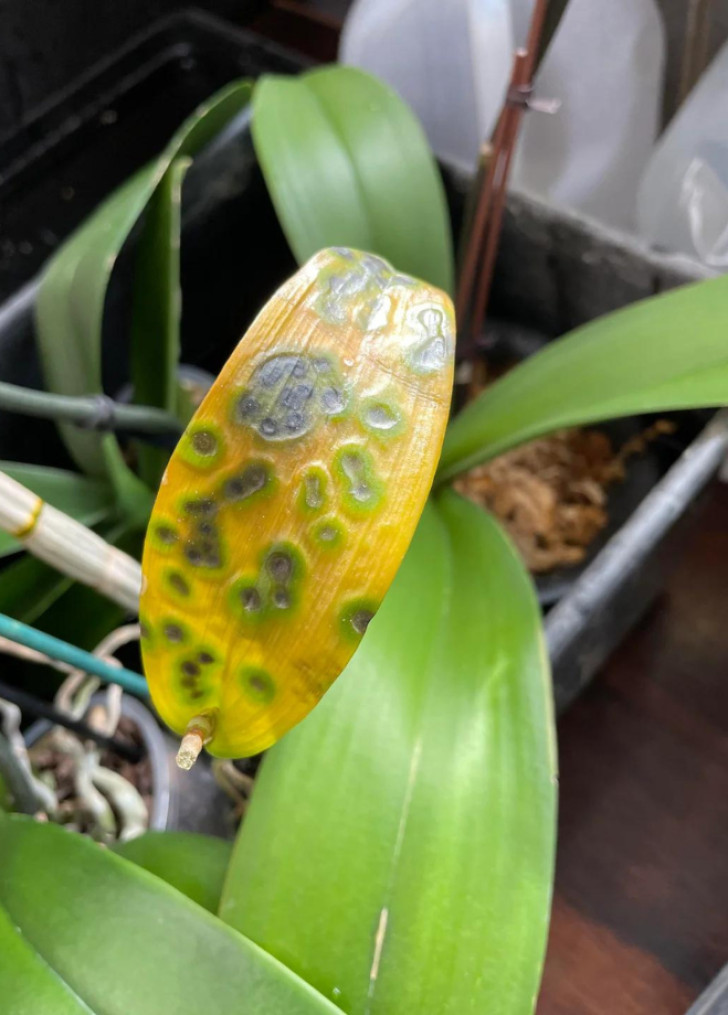
Finally, parasites or bacterial/fungal diseases can cause this yellowing:
- there are various parasites that can cause patchy discoloration on the leaves: scale insects, mites and thrips are the main culprits. You may need to use a magnifying glass to detect these tiny parasites, but once identified, you can easily remove them with a powerful jet of water or by rubbing the leaves with a damp cloth or napkin;
- if the yellowing is accompanied by an unpleasant smell, the cause is probably a fungal/bacterial infection caused by root rot (due to over-watering); the first thing to do in this case, is to move the diseased orchids away from any other plants in order to avoid contamination. Then cut off the diseased areas and treat the orchid with a fungicide.
Have the leaves on your orchids ever turned yellow?
